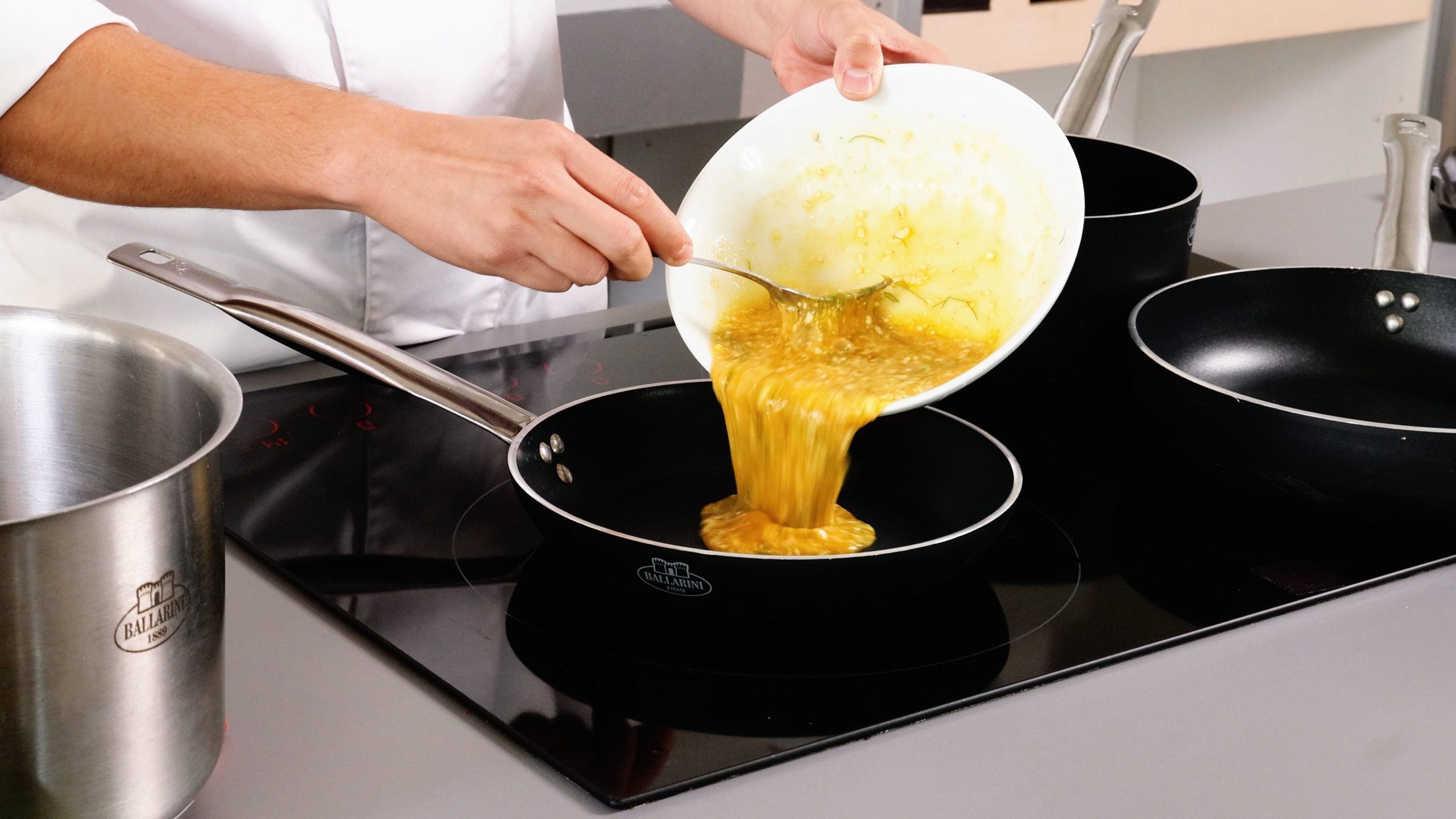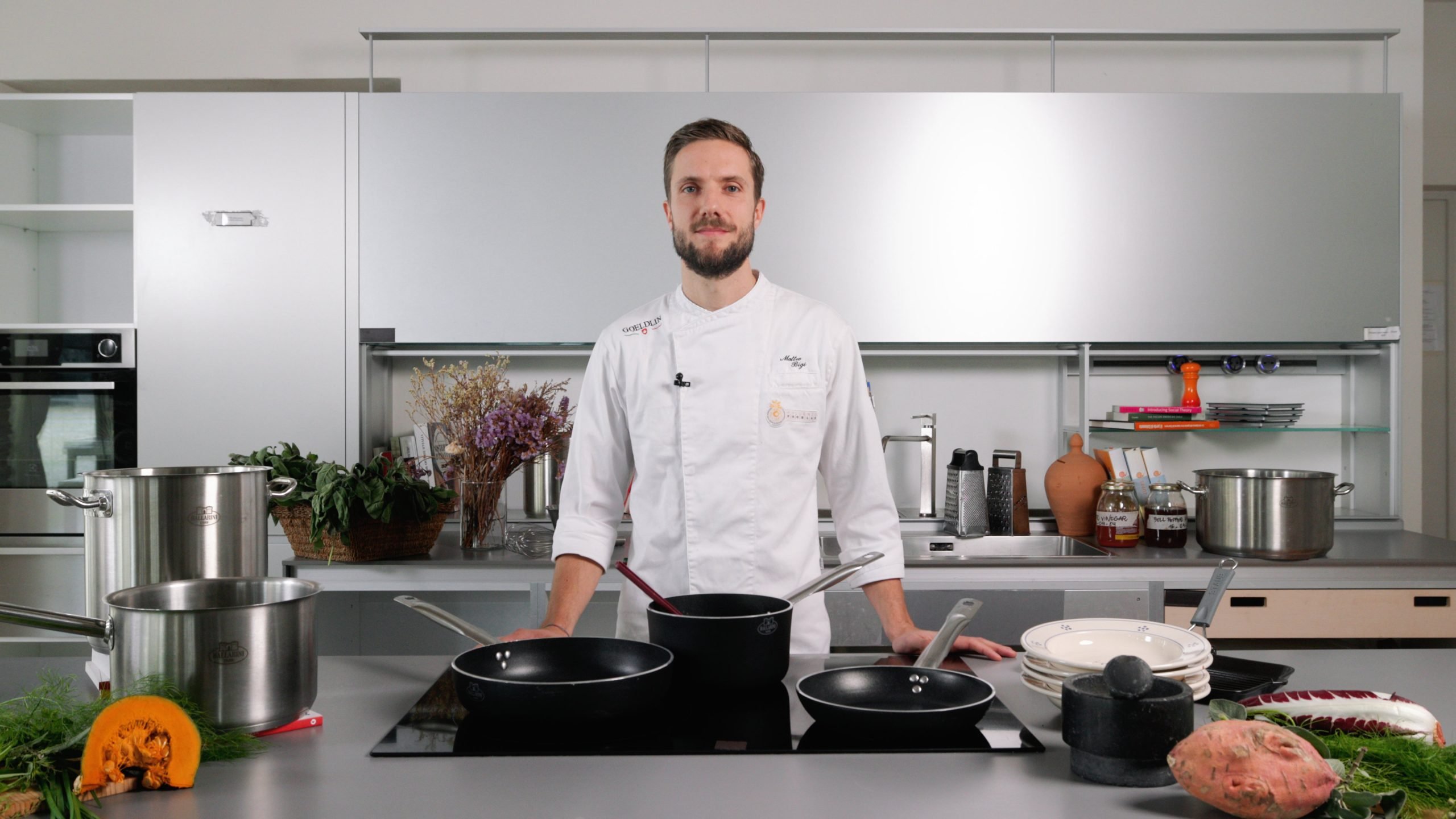From Flame to Modern Kitchen: The Influence of Fire on Food

Fire has always been a fundamental element in human history, radically revolutionizing food and the way we nourish ourselves. Since ancient times, the ability to control fire has transformed not only food preparation but also the social and cultural life of humans.
The domestication of fire, the process by which early humans learned to manage flames, dates back over a million years. They used open fires to roast meat and heat food. This rudimentary method, consisting of a simple bonfire surrounded by stones, was the starting point for an evolution that would change the course of cooking and nutrition. Open fire not only improved the taste and digestibility of food but also made it safer by eliminating pathogens present in raw meats.
Over the centuries, fire moved indoors, becoming the beating heart of homes, from Roman times to the medieval period. The domestic hearth was not only a source of warmth but also the center around which the family gathered to cook and socialize. Later, the introduction of chimneys allowed better management of smoke, transforming early kitchens into more functional and safer places. Fire, besides being a tool for cooking, became an essential component of daily life.
This transformation continued in the following centuries, with the invention of wood stoves in the 18th century, the so-called “economic kitchens.” These new tools allowed for more precise heat control, more efficient wood consumption, and a reduction in fire risks. Wood stoves offered more versatile cooking, enabling roasting, boiling, and baking all in one space, while also optimally heating the surrounding environment. Cooking became more refined and complex, marking a significant step forward from simple open fires.

In the 19th century, another major innovation emerged: gas stoves. These introduced a range of advantages, including immediate ignition, easy flame control, and the ability to extinguish the fire without waiting for it to naturally burn out. Gas stoves quickly became popular in urban areas, especially in cities where gas was already available for lighting, offering a new level of convenience that would last for decades.
In the 20th century, as electrical infrastructure became more available in homes, cooking continued to evolve with the introduction of electric stoves, which used heating elements to generate heat. These stoves, safer and cleaner than gas burners, became particularly popular after World War II. Glass-ceramic cooktops further contributed to making the kitchen even more practical and easier to clean.
The last major technological leap in the kitchen came with magnetic induction, which began to spread in the 1990s. This innovative system uses magnetic fields to directly heat pots, offering precise, fast, and extremely energy-efficient cooking. Induction cooktops, in addition to providing greater safety, reduce cooking times and consume less energy, making them the ideal choice for those mindful of the environment.

Kitchen innovations don’t stop here. Today, thanks to the Internet of Things (IoT), it’s possible to control stoves remotely, monitor cooking through dedicated apps, and automate many functions. At the same time, there is growing attention to sustainability, with the aim of developing technologies and materials that reduce environmental impact and optimize energy efficiency.
In this context of continuous technological evolution, the collaboration between Ballarini and the University of Gastronomic Sciences is a perfect example of how tradition and innovation can coexist harmoniously. Active since 1889, Ballarini has always played a key role in the development of cooking tools, profoundly influencing contemporary cuisine. The partnership with UNISG highlights the commitment to promoting a gastronomic culture that combines respect for traditional techniques with attention to modern needs for sustainability and technological innovation.
Today, Ballarini is the official supplier of the Academic Tables, demonstrating how the company is able to meet the needs of a high-quality kitchen, offering tools that respect the past while looking to the future. The combination of tradition and innovation represents the heart of Ballarini’s ongoing pursuit to improve the culinary experience, contributing to the development of a cuisine that, while staying true to its origins, adapts to the challenges and opportunities of the present.

